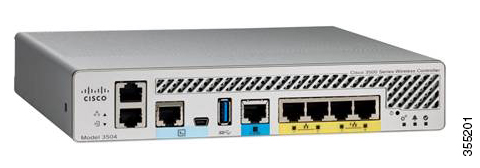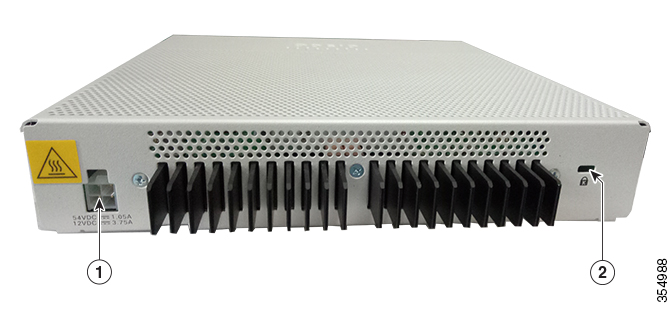Summary of Cisco 3504 Wireless Controller Features
|
Feature |
Description |
||
|---|---|---|---|
|
Chassis Height |
One rack-unit (1RU) |
||
|
Throughput |
4 Gbps
|
||
|
Number of APs supported |
150 |
||
|
Number of clients supported |
3000 |
||
|
Processor |
Cavium Network Processor—CN7240-AAP 8-core, 1.5 GHz |
||
|
Memory Options |
|
||
|
Redundancy, Service Ports |
2x 1G Cu |
||
|
Data Ports |
1x 5G/mGig Cu, 4x 1G Cu (2 ports 802.3at PSE) |
||
|
Storage Temperature |
–4° F to 158° F (–20° C to 70° C) |
||
|
Operating Temperature |
32° F to 104° F (0° C to 40° C) |
||
|
Storage Humidity |
0% to 95% RH non-condensing |
||
|
Operating Humidity |
5% to 95% RH non-condensing |
||
|
Power Adapter |
54VDC/1.05A, 12VDC/3.75A |








 Feedback
Feedback